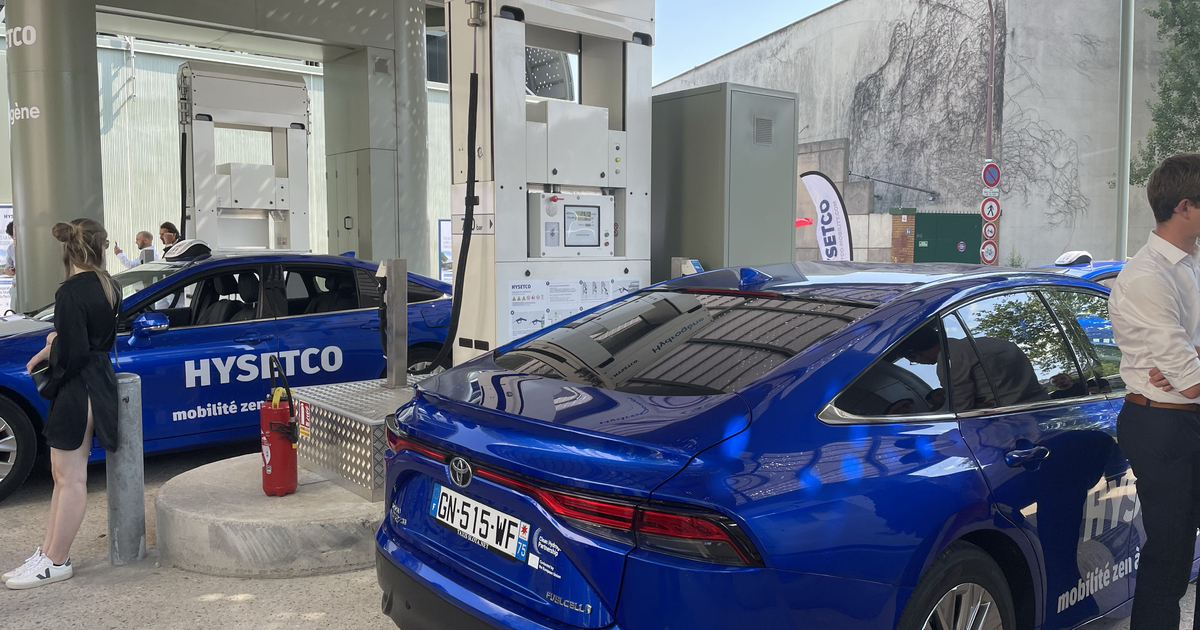A research consortium supported by the German government and led by the Fraunhofer IZM institute embarked on the Zn-H2 project with, as often in Germany, associated commercial and industrial partners (Zn2H2 GmbH and Steel PRO Maschinenbau GmBH here in the occurrence). The idea is to design zinc batteries to store energy of course, but also to produce hydrogen, which can then supply heating systems or means of transport. This solution is envisaged to supplement green energy from solar or wind power, in particular to cope with periods of “dunkelflauten”, a German term widely used today internationally to designate times when the sun does not shine. not and the wind does not blow.
One battery for two functions
The objective is initially to create a sustainable battery to store green energy over the long term. The researchers therefore started from zinc anodes with electrolysis of alkaline water. Compared to conventional lithium batteries, zinc batteries are less expensive and rely on widely available materials (steel, zinc and potassium hydroxide), but also easily recyclable. This new generation of battery is also capable of producing hydrogen on demand. The final objective is therefore to propose a technology for storing energy in the form of metallic zinc, energy then transformed again into electricity or hydrogen according to the needs identified.
For the most scientific of our readers, here is the explanation of Dr. Robert Kahn, coordinator of the project: “During charging, water oxidizes to oxygen, while zinc oxide reduces to metallic zinc. This converts back to zinc oxide during the discharge. The water is again reduced and releases hydrogen. It is a unique combination of a conventional battery and a hydrogen source, with a total electrical storage efficiency of 50%, which is twice the efficiency of other electricity-to-gas systems today. favourites.“.
The first laboratory tests are promising and a demonstration unit could be presented at the end of the year. It will have eight cells for a capacity of 12 V and 50 Ah.
